Redefining resilience: our blank slate opportunity
By Anthony Mallows
April 22, 2020
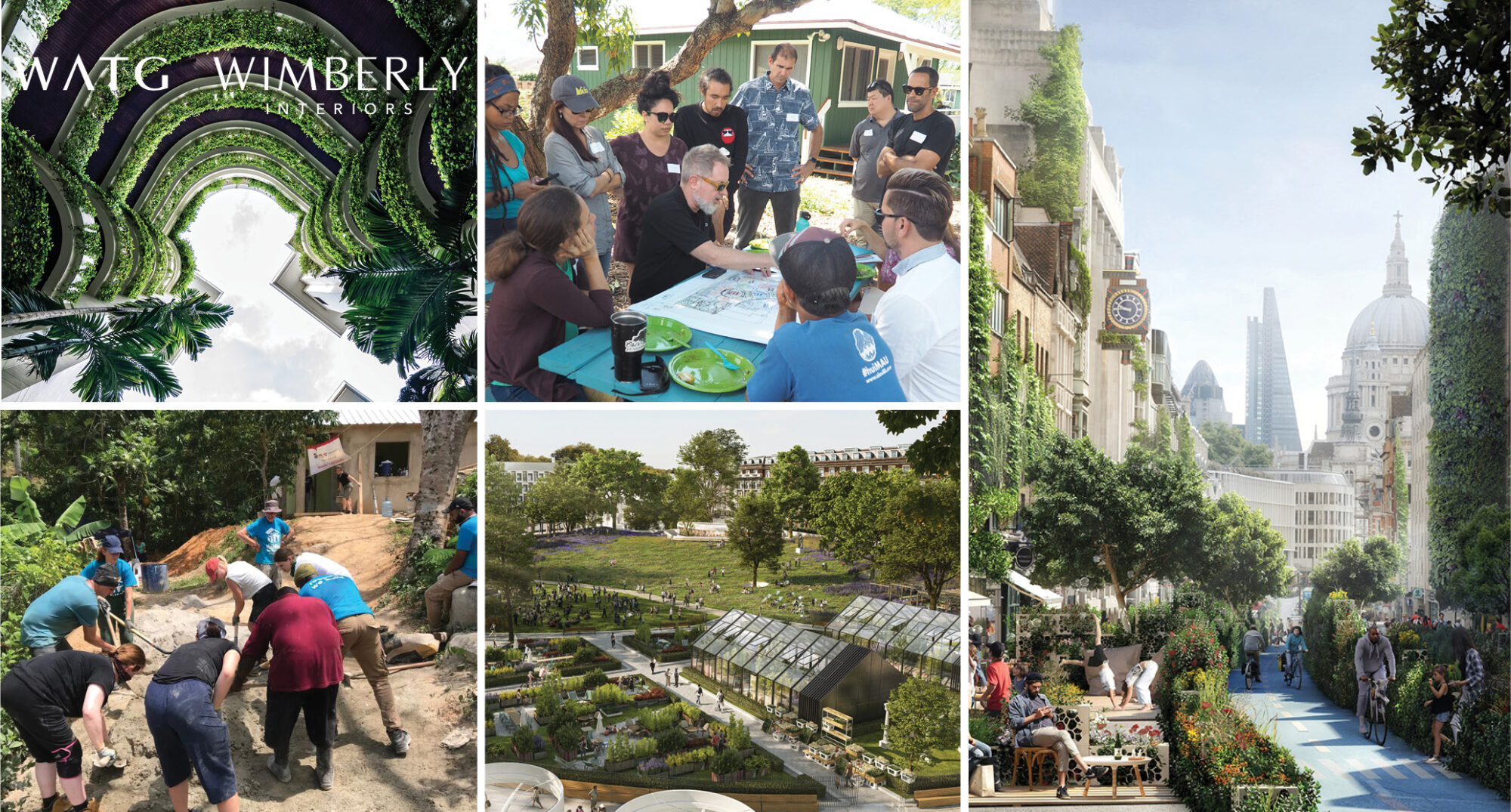
Throughout our history, we have held firm to the belief that design cannot be truly exceptional unless it considers the short- and long-term impact it has on people and planet. With so many around the globe being affected in profound and unprecedented ways by COVID-19, perhaps it’s fitting that this month we recognize World Health Day and the 50th anniversary of Earth Day. Never before has it been so clear that we’re all part of one big global citizenry with obligations to help take care of each other. As designers, we must create spaces and places that improve the experience of individuals and whole communities and do our part to support their longevity.
Of course, this feels complicated today as we’re learning to live and work in new ways – many of us forced to isolate ourselves, others forced to close businesses and furlough valuable team members. We’re each appropriately focused on today, doing what we need to on a day-to-day basis to protect the health of those around us and hoping that recovery will come sooner rather than later. But we need to maintain a long-term view as well. We can’t simply sit back and wait for others to fix things or for things to get better on their own. Maybe it feels like no one has the answers right now, but that doesn’t mean we shouldn’t keep trying to come up with them. We need to keep moving forward – keep coming up with ideas to help each other through these uncertainties. In fact, doing so today will help us be more prepared for tomorrow when we’ll no doubt need to adapt to future uncertainties.
This is our blank slate opportunity. As the saying goes, “the only way to predict the future is to create it.” So, what do we want tomorrow to look like now that we’ve experienced today? How would we rebuild our communities, our homes, our hotels, if we had the chance?
How would we rebuild our communities, our homes, our hotels, if we had the chance?
What would we prioritize differently in order to be more flexible, agile, sustainable and resilient? As business leaders, we have an opportunity and even an obligation to ask ourselves these questions. The choices we make and the actions we take have a direct impact on our communities and consumers. This is always true, but what’s happening around us today simply magnifies the point. We have to think about people and their health and wellbeing and be willing to take a few risks (albeit calculated ones) in order to move forward.
In our world of design, we try to take a balanced approach – considering economic, social and environmental aspects and the long-term impact of each. Environmental considerations, for example, improve buildings’ energy efficiency and the quality of a region’s water and air. Socially, we’re impacting connectivity and interaction, health and wellbeing, and the ongoing opportunity for learning and sharing. And economically, this type of balanced long-term planning has a significant impact on livability for local communities and value for our clients.
Whether we’re planning a new town or renovating a single site within a densely populated urban district, by prioritizing residents’ quality of life and designing for the specific people who live and work in these communities, they become places that people are proud to be part of, and proud to help grow for future generations. These communities illustrate what resilience can really look like, even without an actual blank slate or large idle tract of land. The truth is that in all of our communities, we do have the chance to rebuild – literally in some cases with new construction and renovation, and figuratively in other cases that consider a shift in operational strategies toward more ethical, responsible, sustainable practices. But in all cases, by prioritizing human experience, we empower people to play a positive role in their community’s future, and we set them up for long-term success.
As designers, we can play an important role in ensuring our world is habitable and our fellow global citizens can thrive for generations to come.
Latest Insights
Perspectives, trends, news.
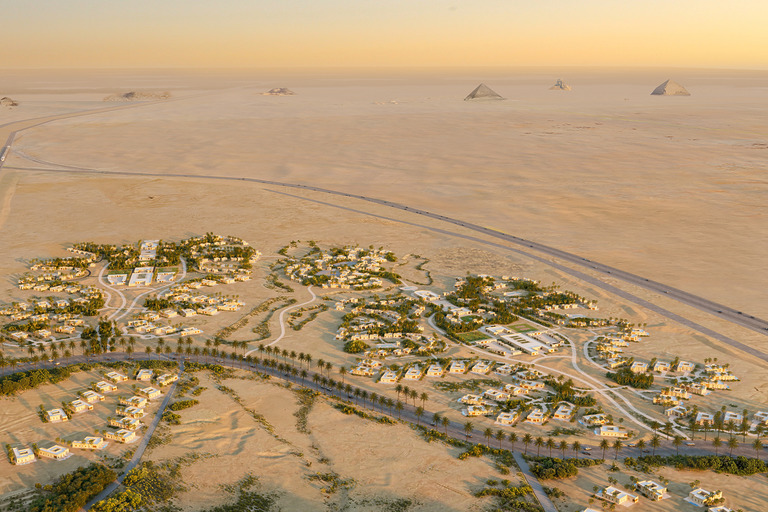
- News
WATG Leads Landmark Initiative to Shape the Future of the Giza Pyramids
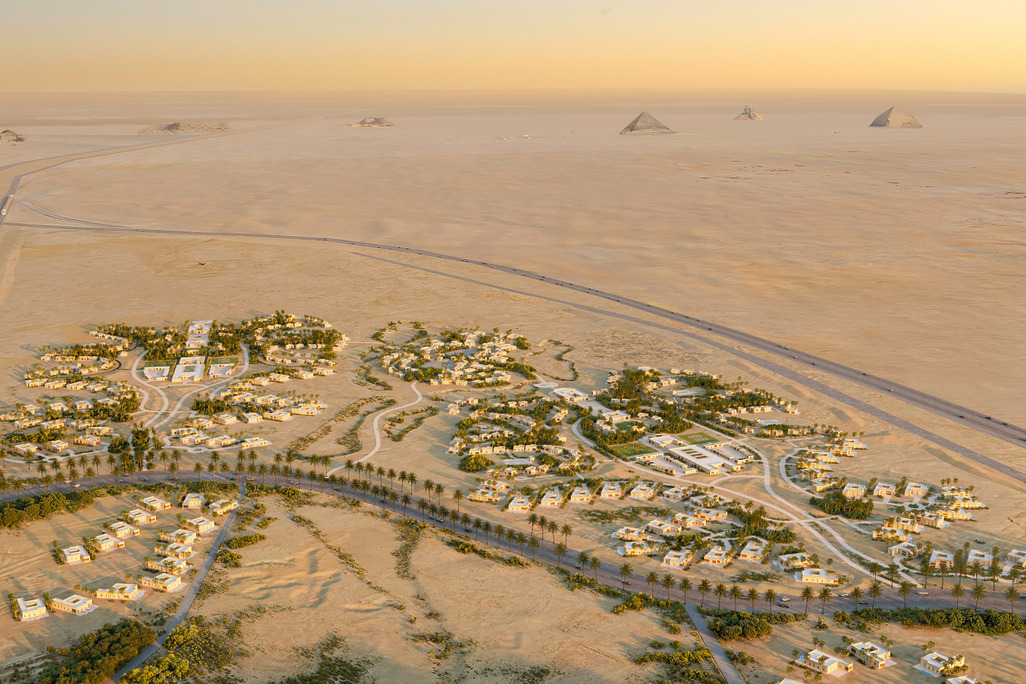
- News
WATG Leads Landmark Initiative to Shape the Future of the Giza Pyramids
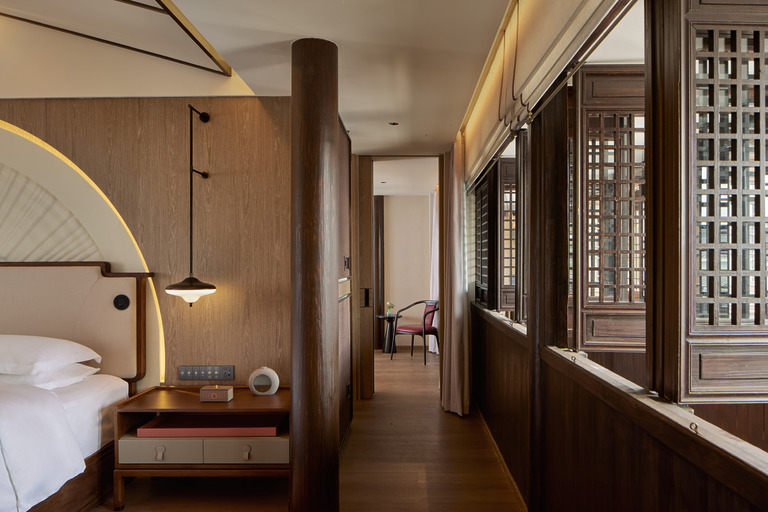
- Trends
Interior Design Trends 2026: Authenticity, resonance, and resilience.
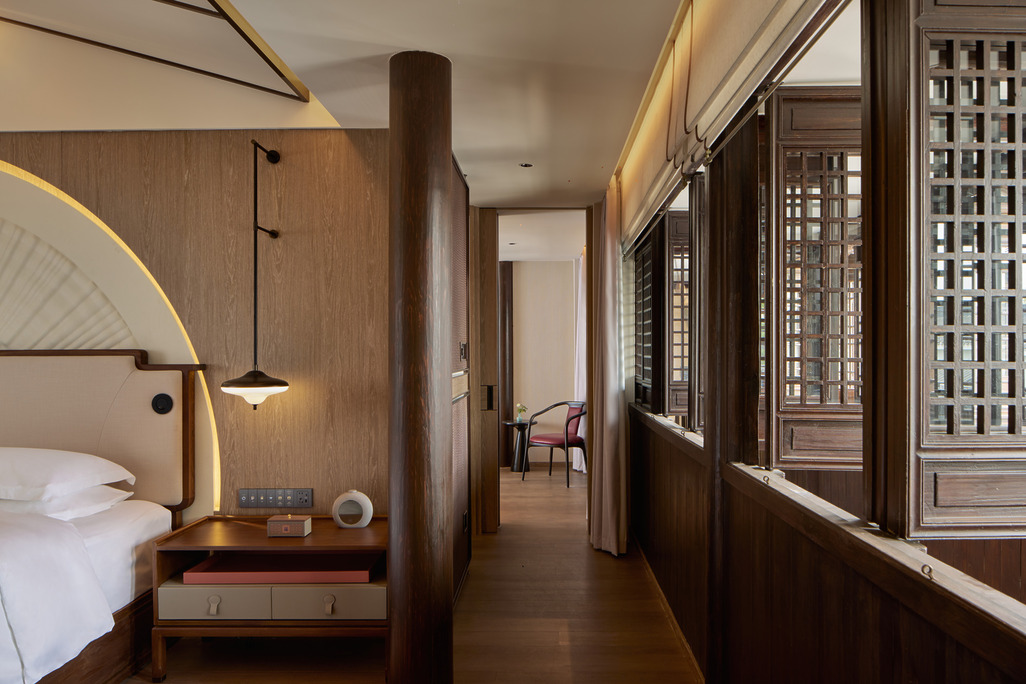
- Trends
Interior Design Trends 2026: Authenticity, resonance, and resilience.
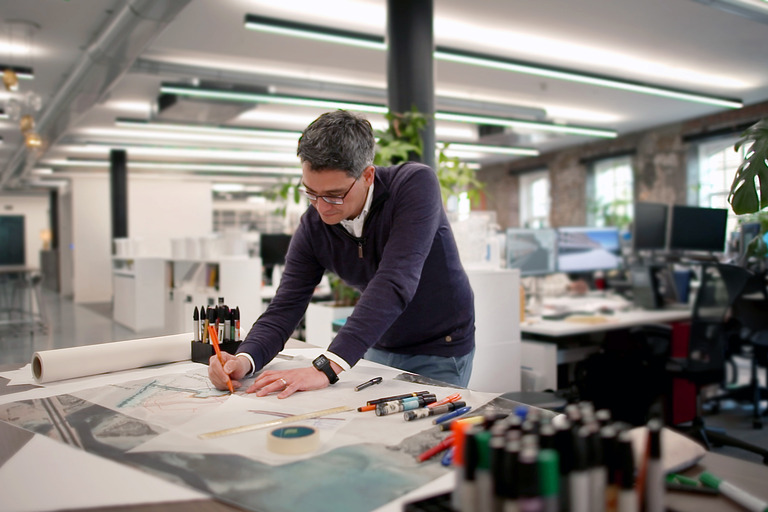
- Employee Feature
Designing for Joy, Purpose and Belonging
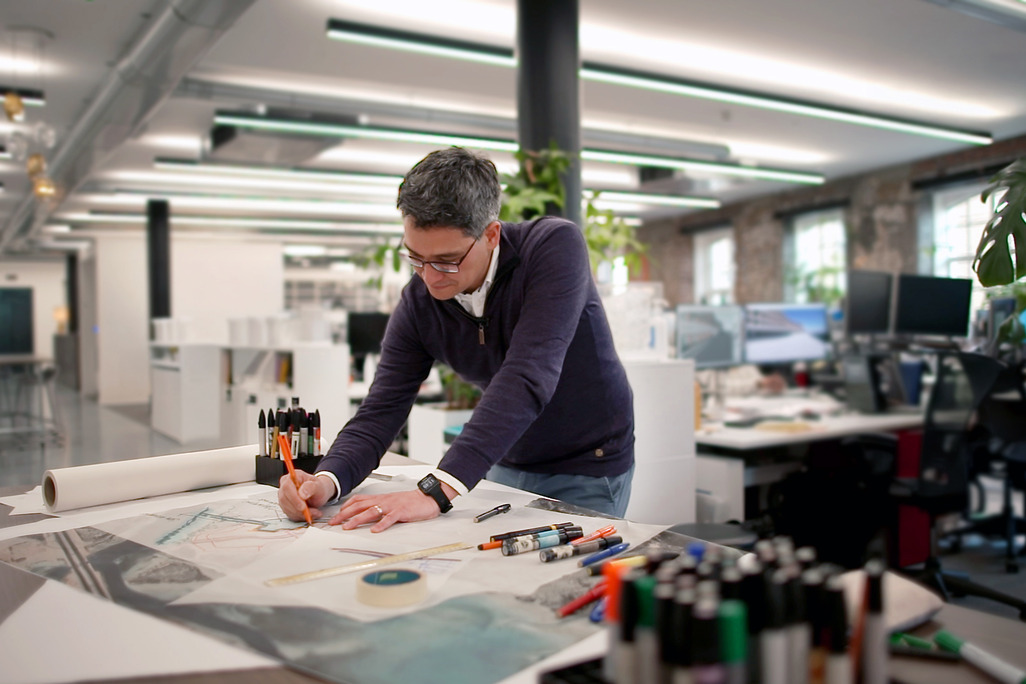
- Employee Feature
Designing for Joy, Purpose and Belonging
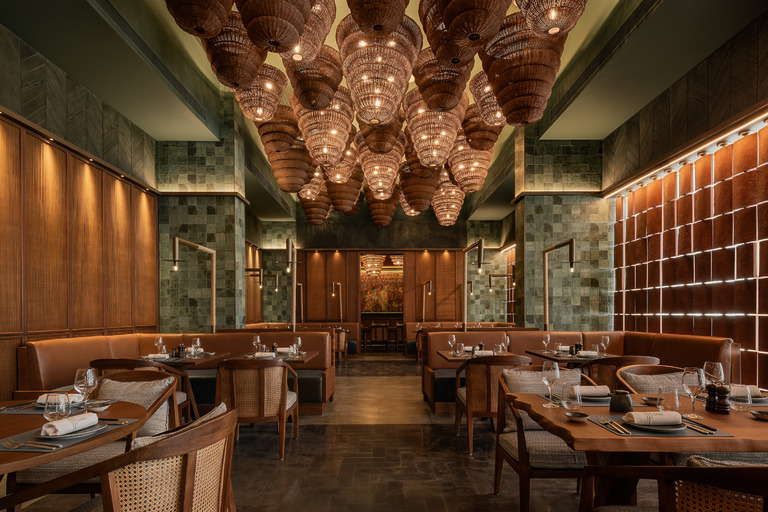
- Strategy & Research
Hospitality Trends 2026 by WATG Advisory
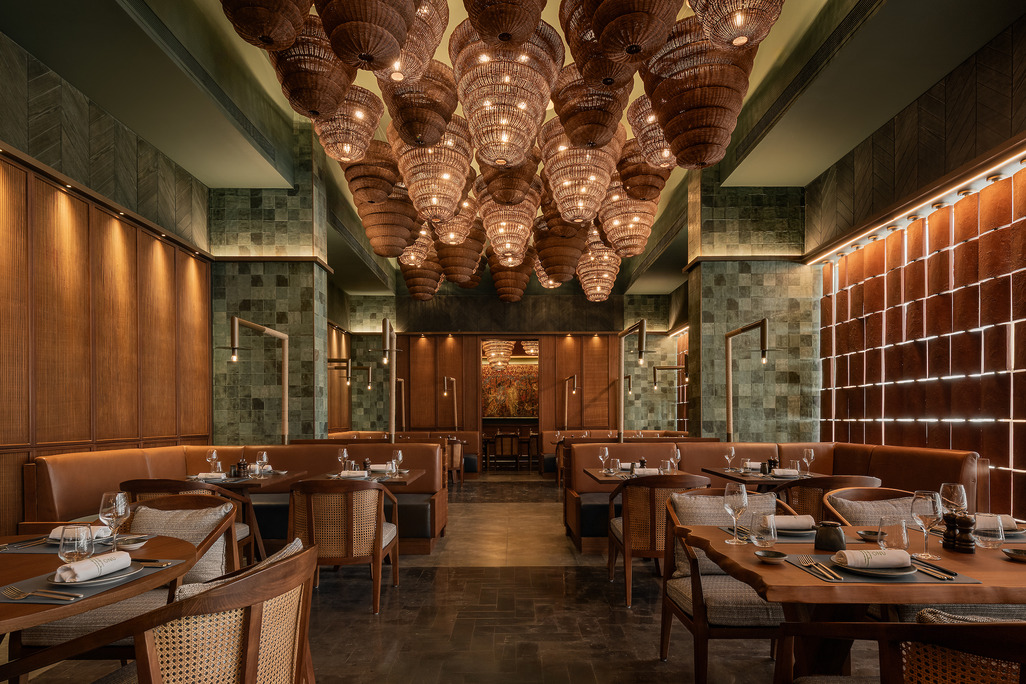
- Strategy & Research